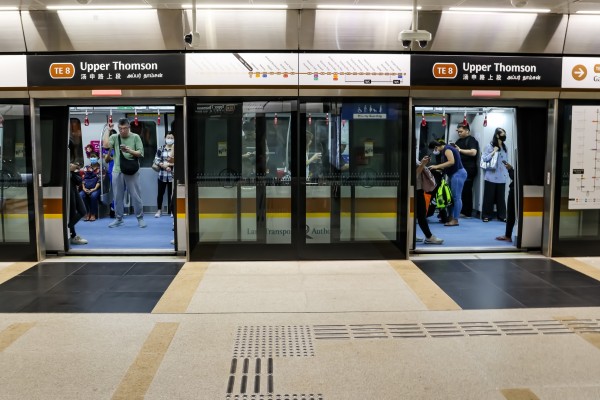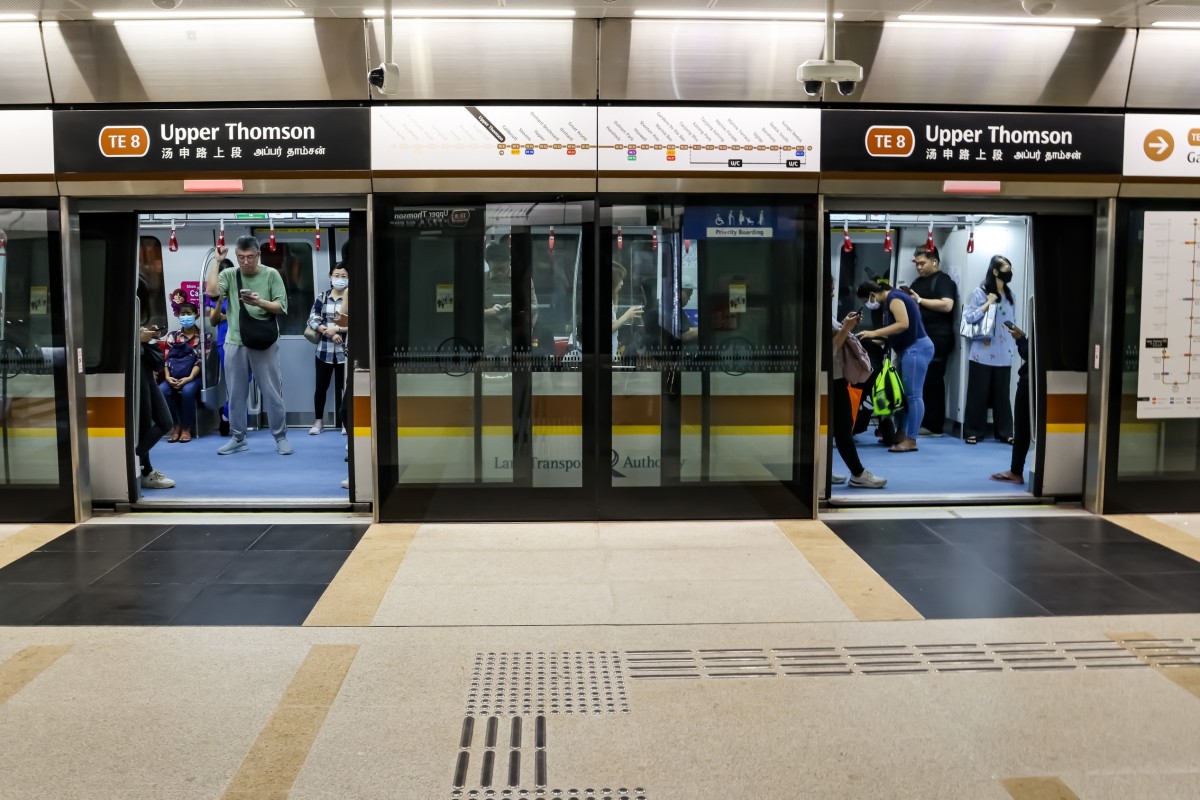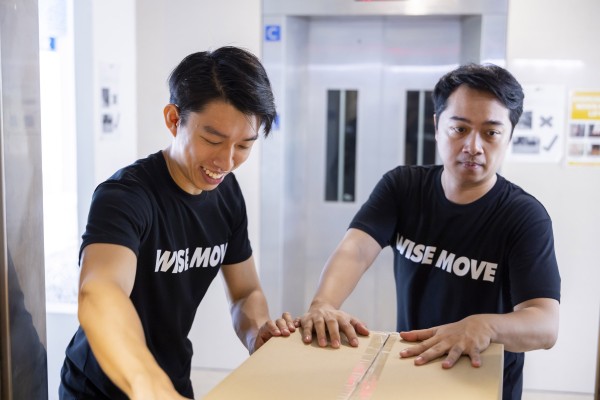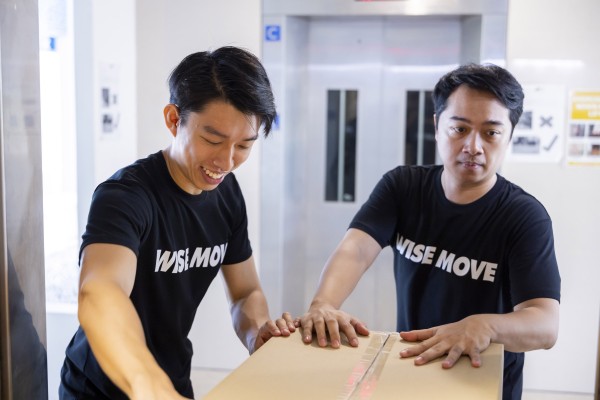The Ultimate Guide To Navigating Train Disruptions In Singapore Like A Cool Pro

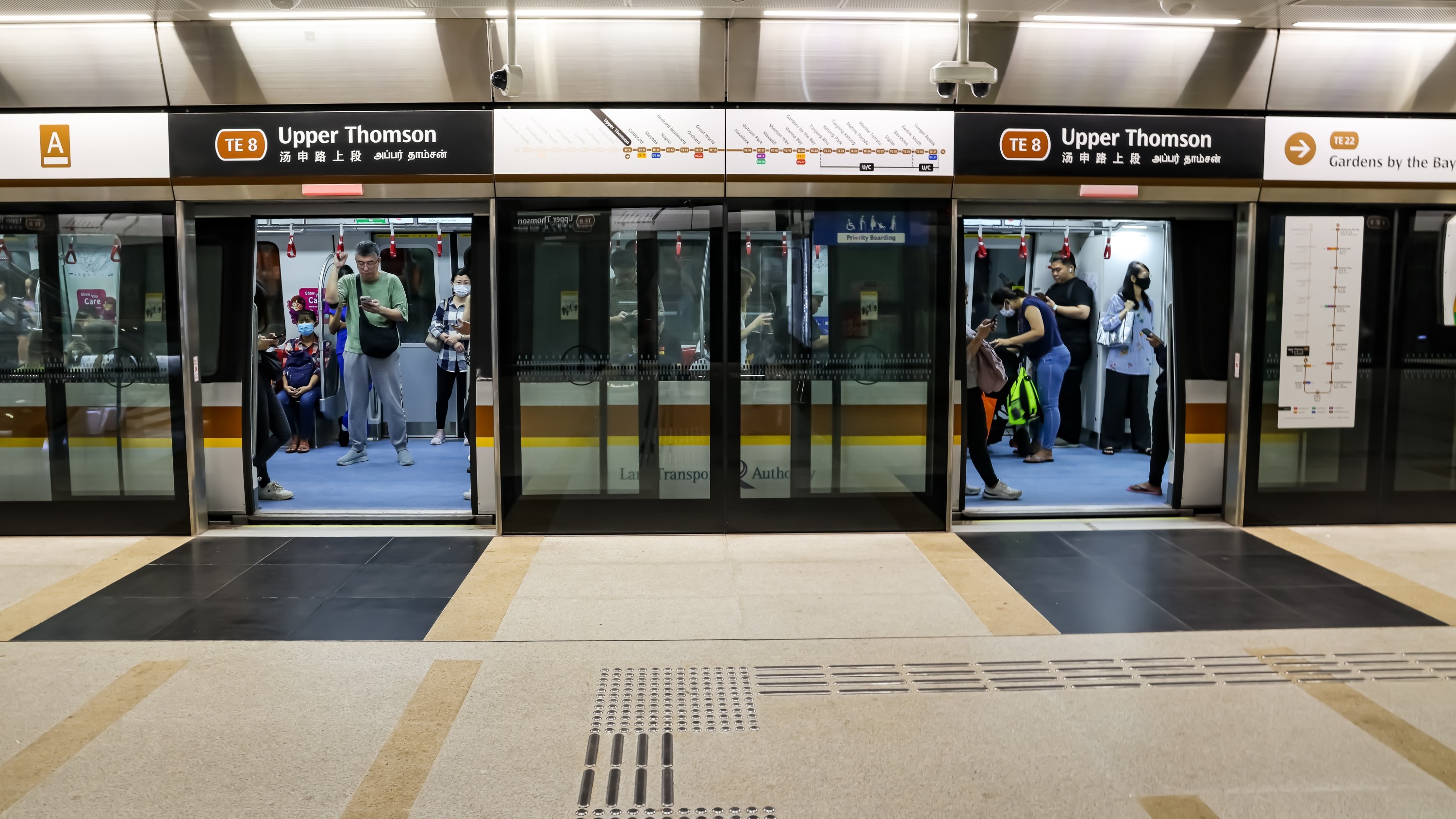
Even the best public transport systems in the world can break down — Singapore’s MRT system that is renowned for its efficiency has been facing a spate of highly publicised disruptions of late.
In September 2024, 2.1 million commuters who live in the West were left without train services for almost a week, when a train derailed and the tracks had to be closed for the train to be extricated and the tracks to be repaired before services could resume.
Just a few weeks before that, the North-South line, Circle line, and East-West line were all affected by minor disturbances, which added additional travel time to harried commuters during rush hour.
These aren’t out of the norm though; train services in Singapore have faced disruptions over the years due to flooded tunnels, train collisions, power outages, and fires.
So when train services are disrupted in Singapore – which they will – what should you do?
It’s a major inconvenience for sure, but knowing alternative modes of transport will help you move on as smoothly as possible, so that you can get to your destination safely. Also, keeping a very cool head is crucial, especially when the frustration from the delays and crowds starts to build up.
Bookmark this guide for when the trains break down in Singapore so you’ll know just what to do!
Step-By-Step Guide to Navigating Train Disruptions in Singapore
1. Be mentally prepared
Train systems all over the world face disruptions all the time, and Singapore is no different. From mechanical faults to signalling problems to power supply problems–there are many possible causes of train disruptions.
Knowing that train disruptions, while uncommon, can happen anytime, will go a long way in helping you deal with it when it happens.
And if you’re living in Singapore for a longer period and rely on public transport to get to and from your workplace everyday, you’ll almost certainly experience a train disruption or two in your time here.
When your train stalls unexpectedly and doesn’t start moving again after a couple of minutes, let the inevitability of a delay sink in. There’s nothing you can do to get the train back up and running on schedule, but you can be rest assured that your safety is of the highest concern, so it’s only a matter of time before you are able to continue on your way to your destination.
2. Find out what’s going on and follow instructions closely
If and when there’s a service disruption, listen out carefully for the announcements over the train’s public address system confirming the delay, as well as instructions on what you should do next.
If you are able to get online, you can check SMRT’s or SBS’s social media channels, or WhatsApp or Telegram groups for real time updates on the situation.
Depending on how long the disruption is, what’s causing it, and where the train has stopped, you’ll need to do different things.
You may be required to get off the train and walk calmly on the tracks to the nearest station, where you will be directed to bridging bus services or other train lines that are in operation. You may also be instructed to stay put on the train and wait till services have resumed.
There’s no point in getting angry at your misfortune or taking out your frustrations on the staff who’re on the train with you: absolutely no one wants these delays to happen, and the best thing you can do for yourself is to keep calm and focus on continuing on your journey safely, no matter how much time you may have thought you’ve wasted.
3. Keep your eyes out for alternative routes
So you’ve finally got off the stalled train. Now what?
At the station, there will be staff and or signs around to guide you to your next possible modes of transport, if the disruption is a serious one and has prevented the rest of the line from running as per usual. (If it’s just a minor one, you’ll probably be able to continue on the same route on a later train.)
Bridging bus services may be activated to run between the affected stations. These buses are free to board, if your journey was affected by the disruption.
Regular buses are another option, and it may even be quicker to hop on one rather than to wait for a bridging bus, which will most likely be packed. Head over to the nearest bus stop at the station to see which buses you could take to get to where you need to–or check out transport apps like Google Maps or Citymapper which will tell you what buses you can take.
Another MRT line is a viable alternative, especially if you’ve found yourself at an interchange. There are six different lines running across Singapore, so you may be able to continue taking a train with a slight detour.
Private rides or taxis are the quickest way to get out of your situation–but that’s if you even manage to book a ride to begin with. And if you do, the surge pricing will be pretty eye-watering. But hey, time and peace of mind is sometimes money, right? We hear the best way to get a ride in the mad rush of a train delay is to walk to the nearest HDB block to book a ride or mall taxi stand to flag down a cab–you’ll most likely get a ride more quickly this way than if you were to try to book one at the site itself.
4. Get your documents from the passenger service centre
If your ride disruption has caused you to be late for an important meeting, if HR is breathing down your neck about punctuality, or if you have a school-going child who missed an examination–you can obtain a slip of paper known as a travel chit from the passenger service centre, as proof that your journey had indeed been disrupted.
You may also request one online from SMRT here. If your train is operated by SBS, you’ll have to obtain this chit from the passenger service centre at the station
As though a train disruption were not troublesome enough–you may realise that you were charged a fare too. Don’t worry, you can easily get a refund on this through the SimplyGo Customer Claim e-service portal, or the SimplyGo mobile app.
5. Take a deep breath and enjoy the chance to slow down
Now that you’re out of the fray and merrily on your alternative way to your destination, you can release some of the breath you’ve been holding in and relax: you’ve made it out of your first train disruption unscathed.
If you’re taking a bus, you could take this time to take in the new sights on the route, and even grab a coffee or snack along the way to treat yourself for keeping it all together.
6. Check the news for how long the disruption will last for
Once you’re where you need to be, you’ll want to do a quick check on the situation so you know whether you need to plan for an alternative route home later in the evening, or to work the next morning. A quick check on SMRT or SBS’s social media platforms like Facebook or X will tell you all you need to know.
Operators of Singapore’s Train Lines
All six of Singapore’s MRT lines are operated by two public transport operators: SMRT Corporation and SBS Transit.
North-South Line (Red) – SMRT
East-West Line (Green) – SMRT
Circle Line (Orange) – SMRT
Thomson-East Coast Line (Brown) – SMRT
North-East Line (Purple) – SBS
Downtown Line (Blue) – SBS
If you’re stuck in a disruption and need quick links to the operators’ respective social media pages, scroll on down, we’ve got them right here.
What do our customers say?








